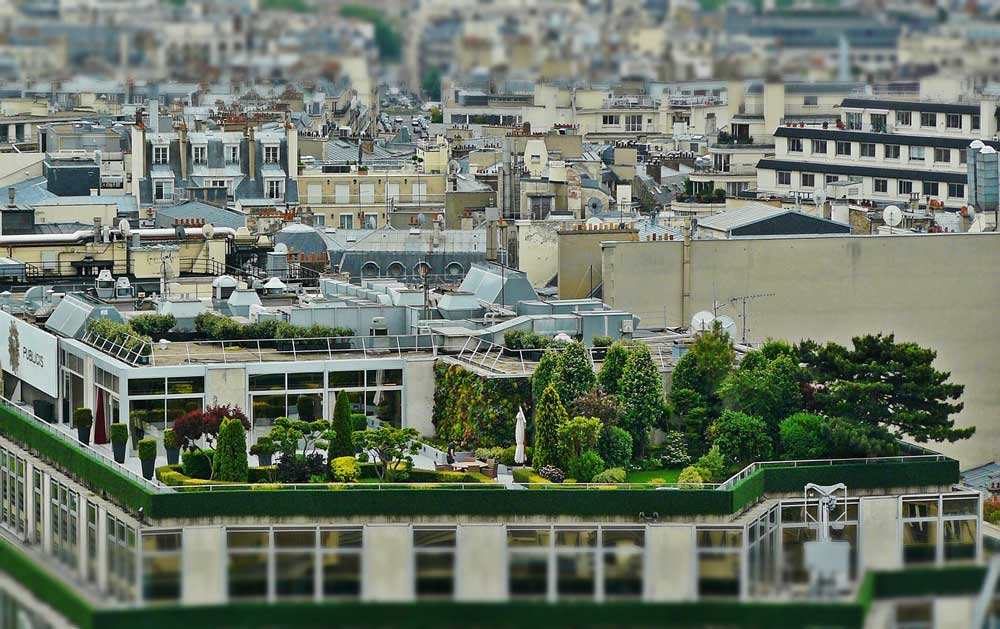Part 4: Planting design
2. Planting considerations

Plants are usually considered for their beauty and aesthetic qualities, but plants are able to perform other functions within the landscape as well. Consideration should be given to the function of the plant, in other words – what do you want that particular plant to do? Screening? Provide shade? Stabilise a slope? Provide nectar for the bees?
Once the decision about plant aesthetic and function has been made, check that the growing conditions are suitable. Site analysis, including sun and shade areas, dry and wet areas, soil type and pH reading, wind direction and spatial dimensions need to be researched. Once all this information is known it will help to guide plant choice. Remember, if the soil, climate or aspect is not producing favourable growing conditions for a plant, it will not thrive.
Well planned planting can provide windbreaks, anti-vandalism barriers, erosion control, slope stabilisation, wildlife habitat, visual interest, climatic control and noise alleviation. Plants can also be used to provide and enhance educational and sensory environments.
Climate - plants create micro-climates by affecting humidity, air temperature and air movement.
Visual - plants can provide colour, partial or full screening, privacy, enclosures and overhead cover.
Physical - plants can control movement through a site, providing barriers by dense planting and implied barriers to separate areas.
Erosion and water - plants prevent soil erosion from both wind and water, and plants also prevent the soil from drying out too quickly.
Noise and colour - a thickly planted barrier between the site and the source of noise or odour will reduce the effects.
Utilitarian functions, such as growing plants for cut flowers, fruit or vegetables, need not detract from a well-planned planted border, making use of the decorative qualities of fruit, vegetables and herbs, which can be integrated into the overall design.
Borders have important functions to perform beyond being a site for artistic or botanical plantings. Some dictionaries define garden borders as an ornament that softens a boundary; borders are traditionally found where a wall meets the ground or where two properties meet. Borders can offer backdrop or a ‘living wallpaper’, helping to create a stimulating ambience to a garden.
When designing a planted border, the location must be carefully considered; a city, town or suburban garden’s border may be very different to a rural garden. In a city, planting may be used to screen the garden from its neighbours, whilst rural planting may be used to enhance their surroundings and create a border that blends in with the views beyond the garden.
Garden ‘borders’ do not always need to be alongside boundaries - they can be used to create interest or screening within a garden too.